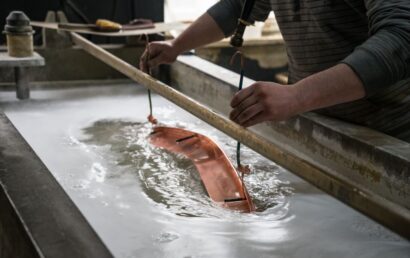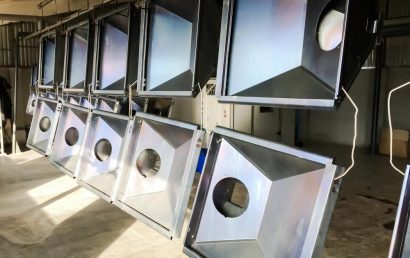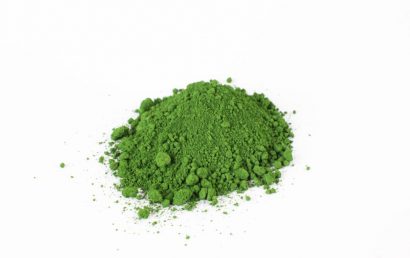Understanding Molybdenum And Tungsten As Coating Base Materials
Both molybdenum and tungsten are refractory metals. As all metals in this category, they are prized for their characteristics, such as an extremely high melting point, excellent conductivity, and corrosion resistance. They are suitable for numerous applications, including being used as coating base materials.
These two refractory metals, however, do you have precise differences that distinguish them, one from the other. Here, we are going to take a look at each tungsten and molybdenum on a closer level.
Molybdenum
With a brittle texture and being silver in color, molybdenum must be heated to 4753.4° before it reaches its melting point. Compared to the melting points of other elements (which are naturally occurring), molybdenum is only exceeded by five. It has a classification as a heavy metal, as does tungsten, but has a lower density. For various applications, some manufacturers prefer it over tungsten because of this characteristic.
Molybdenum possesses – for thermal expansion of any element – the single lowest coefficient. This is only complemented by its high thermal conductivity rating. Because of its excellent strength and the just-stated characteristics, in aerospace, industrial motor, military/defense, electrical/electronic applications, and more, it is highly used.
Molybdenum does come with some challenges, however, just like tungsten. For optimal corrosion resistance, it must be coated for use in high heat environments. An expert application process is necessary when plating onto molybdenum, due to its reactivity. Including chromium, glass, precious metals, and nickel, molybdenum and a good selection of coatings are compatible with each other. If a combination of minimal thermal expansion, heat resistance, and strength are called for in your application, one exceptional choice is plated molybdenum. Without expanding or softening, it will convey and tolerate heat, as long as it is coated to stave off corrosion.
Tungsten
Because of its exceptional hardness, tungsten is extensively used in industrial applications, is a silver metal and is incredibly dense. It can be drawn into fine wires because it is extremely ductile, in spite of its strength. Compared to all other metals, at 6170°, it has the highest melting point. Additionally, it is virtually impervious to acid.
When it reaches 538° – red heat – it will develop a volatile oxide film despite its high melting point. So, in order to enjoy the greatest property benefits, when tungsten is used in high heat applications, it must be plated with a different material.
This is a challenging prospect, however, plating onto tungsten. In an aqueous bath, it is impossible to suspend the workpiece due to the reactive nature of refractory metals. To execute a task like this correctly, the expertise of an experienced and skilled metal finishing company is needed. We’ll get to that in just one moment.
Plated tungsten is a great option when you require heavy metal with superb conductivity and heat resistance. The tungsten plating process is a multi-coat one, requiring a layer of rhodium first. Following that, a material such as silicon, nickel, chromium, or other precious metal – depending on the requirements of the application in question – can be applied.
Now let’s get to that experienced and skilled metal finishing company that is required for so many plating and coating processes…
Turn to A&A Coatings
Since 1944, A&A Coatings has been at the forefront of the thermals industry. We are the experienced, knowledgeable coating company you’re seeking – no matter what your application or which coating material you choose. That’s because, for a vast array of industries and applications, we continue to encompass appropriate, problem-solving, and innovative coating solutions. Contact A&A Coatings for more information.



